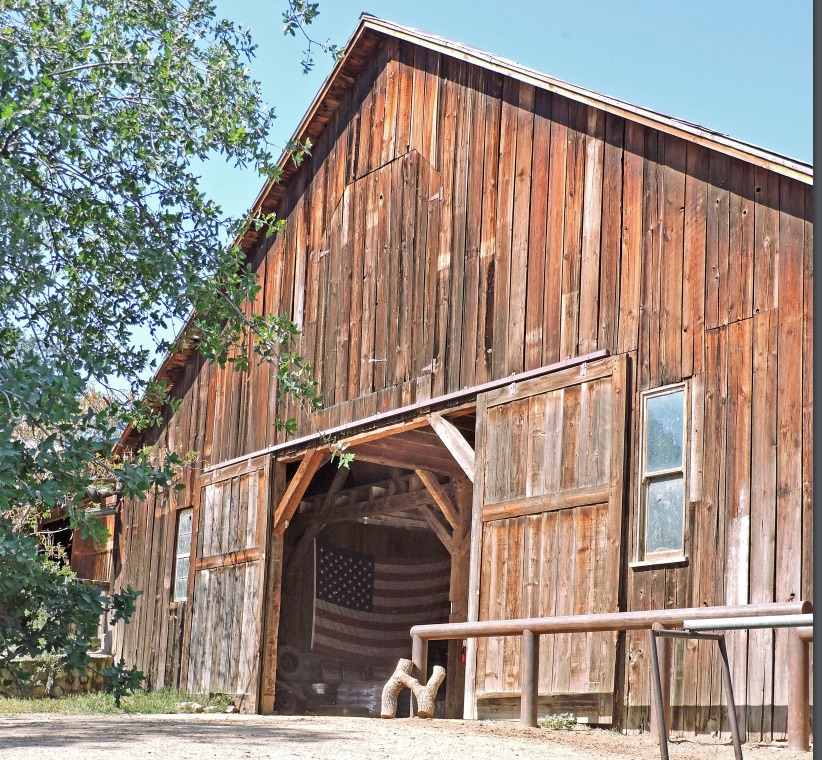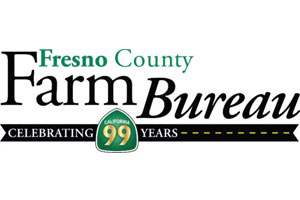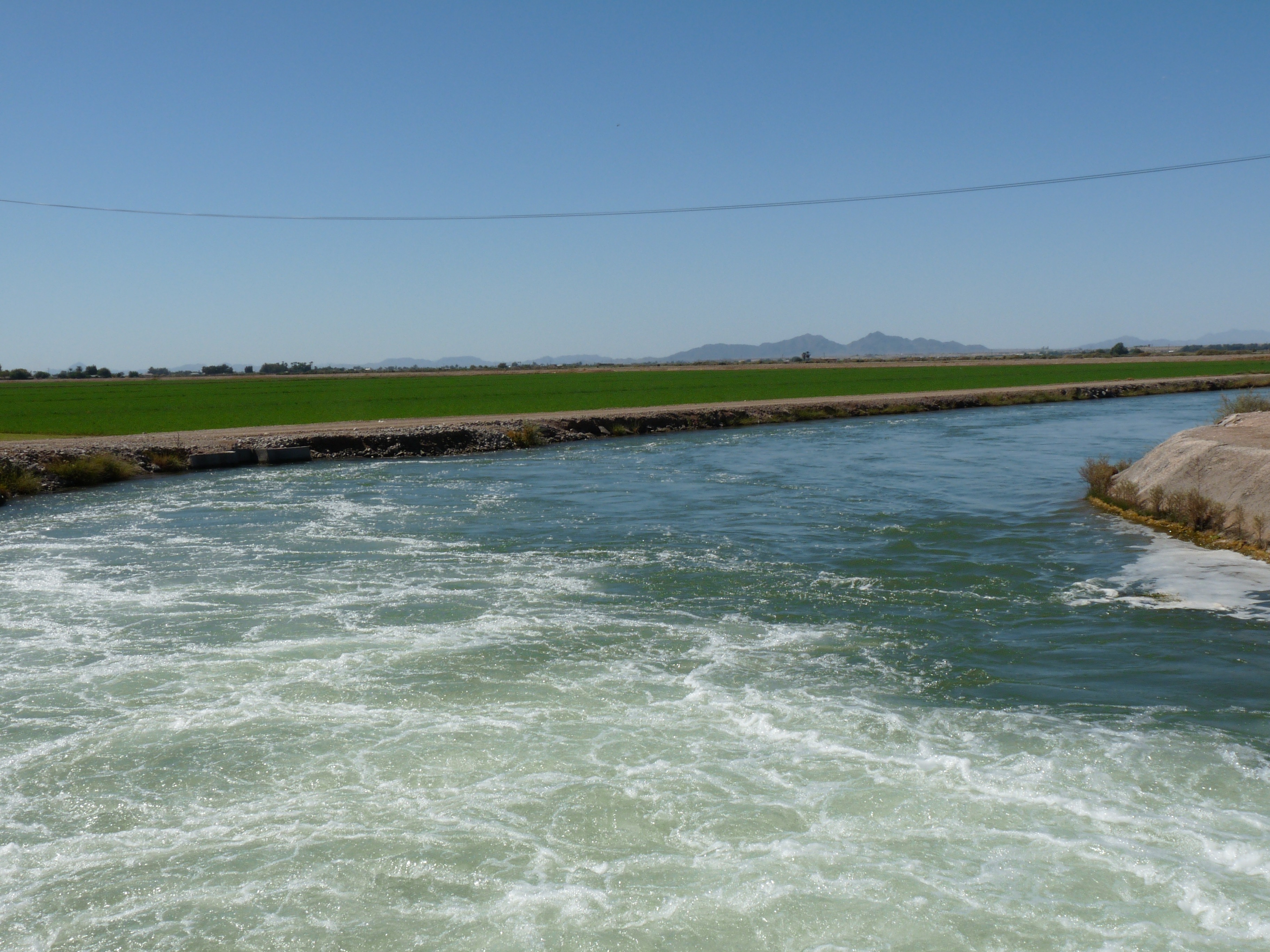Celebrate Labor Day With California Strawberries!
Add California Strawberries to Your Labor Day Event
By Laurie Greene, Editor
Many people will be out and about with an extra day off on Labor Day, trying to get that last swallow of summer. They’ll crowd beaches, lakes, parks and backyard BBQs. What better way to celebrate the achievements of American workers than to add fresh-picked California strawberries to the menu?
“Any holiday can be celebrated with strawberries as they are available year-round,” said Carolyn O’Donnell, communications director of the California Strawberry Commission in Watsonville. “Strawberries are one of the most popular fruits around. They are sweet but low in sugar, and they are quite nutritious. People are often surprised to find out that having just eight medium strawberries gives you more vitamin C than eating an orange,” she said.
“Grown year-round, right now strawberries are coming mostly from the Salinas-Watsonville area on the Central Coast and also in the Santa Maria area,” noted O’Donnell. “As we get more into the fall there will be less coming from the northern sections and more from the Ventura County area to the south. Eventually strawberries will come out of Orange County and Northern San Diego County. The crop will roll back up the coast again with the New Year. By next April or May, strawberries will be coming mostly from the Watsonville area again,” O’Donnell explained.
O’Donnell said that strawberry growers are very dedicated to growing the best possible product they can for their customers. “Their strawberries are actually often a crop of opportunity. A number of our farmers started as field workers and were able to work their way up to owning a farm because you can produce a lot of fruit and make a good living on a small amount of land.”
O’Donnell said supplies should be plentiful in the grocery store. “We probably have more fruit this time of year than usual probably because rain this past winter delayed harvest, which was good news. Now we’re just working our way along. Folks in the Watsonville areas are also beginning to start preparing their other pieces of fallow ground so that they can plant around Thanksgiving and produce next year’s crop,” she said.
Photos: Courtesy of California Strawberry Commission















































